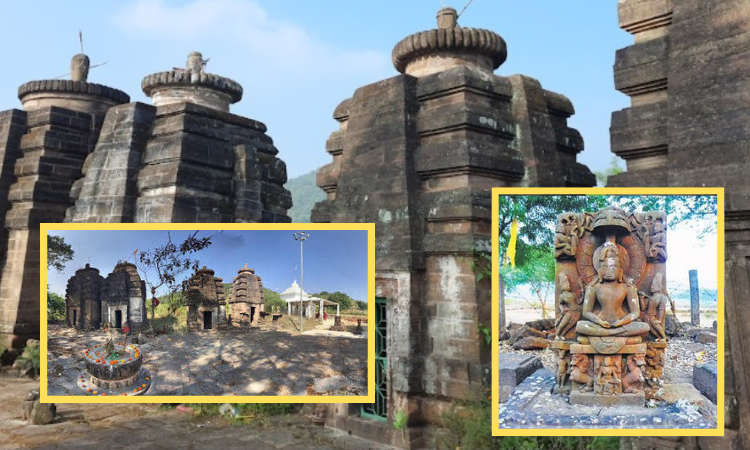Like a rainbow having many hues in the sky, human cultures. Especially Indian civilization has myriad colors. India has been a land of multitudes & diversity unlike the discourse of the present, which wants to paint the canvas of India with its past, present, and future in one brush.
The statistical exercise of modernity may categories people along the lines of existing religions such as Hindu, Muslim, Christian, etc.
But under this statistical simplification lies the story of real India which contains diversity & speaks in multiple voices.
The same meaning is discovered when we meander through the hills & hillocks of Eastern ghat from Koraput to Subai. Subai is a village in Nandapurtalukat of Koraput District.
According to Mahaveer “ A religion which says all breathing existing living sentient creatures should not be slain, nor treated with violence nor abused nor tormented nor driven away”.
Here the same visualization creates Subai’s Jain temple. Near the hillocks of Eastern ghat silently saying that what was the past of Jainism in Odisha.
History says that the Nala dynasty ruled parts of present-day Chattishgarh& Odisha. during the 6th century C.E., their core territory included the areas around Bastar And Koraput, their capital was Pushkari.
The Brahmanical system thrived during the rule of Nala kings who patronized Shaivism, Shaktism & many religions. During the Nala period, it is marked that the Subai’s Jain temple was established and it is the first Jian temple of Odisha. Green valleys contemplating immaculate freshness in air which visualizes Koraput. Subai Jain temple describes prominent Nalasculpture& Jainism work of the 7th Century. the king named Bhabadutta started temple work at Subai.
Before the temple of Subai 24 Jain Tirthankars were worshiped inside the caves in Odisha where we can see Udayagiri and Hatigumpha near Bhubaneswar.
The fine structure of sandstone work says the reality of the Jain architects in the heart of the Tribal region. In this temple mainly the 1st Tirthankara of the Jain religion Rishabha dev or Adinath is worshiped by the tribal people.
Jainism teaches us sovereignty which is shown by the PrabhavaliMandal of Rishabhadev ‘s back. The action in which Rishabha dev is sitting is known as Dhyana Mudra, the asana is named as Shimhasana and the chariot is placed above his head. Here are some statuses of Mallinath the 19thtirthankara of Jainism is also worshiped by the local people in this temple. Mallinath ‘s Lanchana is Kalas which symbolizes right faith & right knowledge.
As per Jain religion, every Tirthankara has their own Lanchanna & own Shasana Devi, the ruling goddess. here are some statues of Chakreswari, who is the first tirthankara’sShasanadevi is also worshipped as Kali Mata.
The 24th and last Tirthankara of Jainism is Mahaveera Jain, who is known as the well establisher of Jainism.
People consider Koraput as the “Land of Tribe” which land had forfeits of religion such as Jainism. local people have applied vermilion, offers basil leave & worshiping the Tirthankaras as Shiva and Shasanadevi as Durga.
India’s past has been quite diverse with many voices but despite these many voices, there is an unfolded spirit, which we called Indianness which in religious terms is the divine sparkle that manifests in many forms. The land of tribal culture gave us one of the best examples of the diversity with the multi-lingual society and rich tribal culture, and also describes the History of the first Jain temple of Odisha.




Comments are closed.